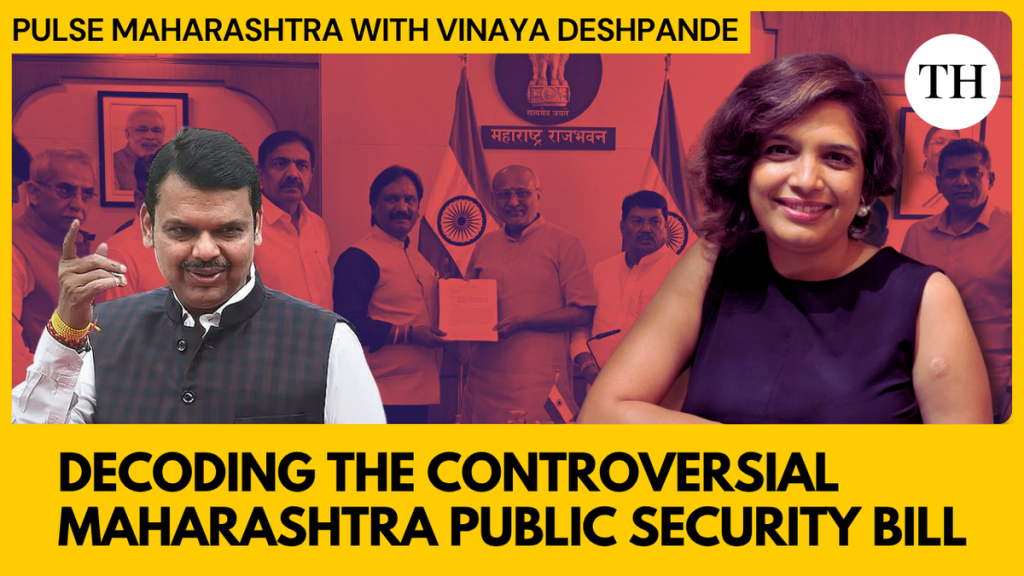Now Reading: Centre Highlights Social Media Misuse with Fake ‘Supreme Court of Karnataka’ Account
-
01
Centre Highlights Social Media Misuse with Fake ‘Supreme Court of Karnataka’ Account
Centre Highlights Social Media Misuse with Fake ‘Supreme Court of Karnataka’ Account
Quick Summary:
- Fake Account Demonstration: The Central goverment demonstrated how easily fake accounts can be created on social media platform X (formerly Twitter) by setting up a verified account named “Supreme Court of Karnataka,” an institution that does not exist. this was presented before the Karnataka High court as part of ongoing proceedings.
- Purpose Clarification: Solicitor General Tushar Mehta clarified that the fake account was inactive and created solely for demonstrative purposes to highlight risks associated wiht social media platforms.
- Legal Case: X Corp. is petitioning against blocking orders issued under Section 79 of the IT Act, alleging they overlook Supreme Court-mandated safeguards.
- Sahyog Portal Debate: Concerns were raised about the Central government’s new ‘Sahyog’ portal,criticized as a “censorship portal” allowing agencies to issue blocking orders via pre-approved templates.
- Account Suspension: The demonstrated fake account was later suspended, with X Corp.’s legal advocate emphasizing that it is committed to responsible practices.
Indian Opinion Analysis:
The demonstrative act by the Central government underscores critical questions around online verification processes and accountability of intermediary platforms like X. While such demonstrations highlight potential vulnerabilities in social media systems, ethical concerns remain around creating fake yet verified accounts-even for educational purposes-without a formal procedural framework.X Corp.’s challenge to Section 79 blocking orders raises broader debates on oversight mechanisms for content moderation in India’s digital landscape.This includes reconciling security interests with free speech principles enshrined in law. Additionally, claims surrounding the Sahyog portal indicate potential risks if oversight over its usage remains unclear or prone to misuse.
India’s approach toward digital governance must balance technological advancements while safeguarding democratic freedoms efficiently.
Read more: Original Article























